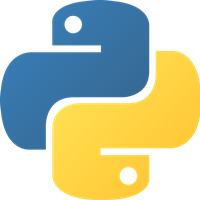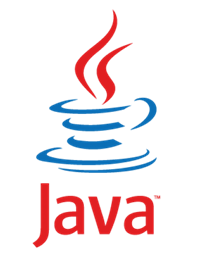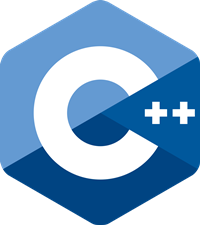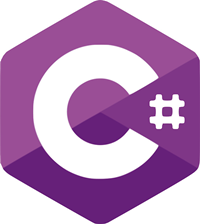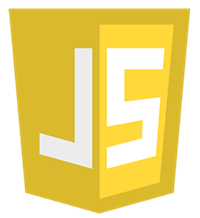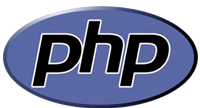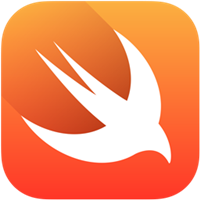Programming is something vast and rather individual as each developer chooses tools that are most convenient for them. However, certain languages, platforms and frameworks have claimed themselves as one of the easiest and most efficient to use. Thus we have collected for you top-10 programming languages loved by developers nowadays. Which one is your favorite?
1. Python
Python is a dynamic and general-purpose language that emphasizes code readability and enables developers to use fewer lines of code (in comparison with Java or C++). It supports multiple programming paradigms and has a large standard library.
Developers love this language for clear syntax, good OOP support and great shortcuts.
2. C
C is a general-purpose imperative language that supports structured programming, recursion and lexical variable scope. It is designed to encourage cross-platform programming and is available on many platforms.
This language is valued for being clear, providing access to hardware and making it possible to create tiny binaries.
3. Java
Java is one the leading choices among developers all over the world. This language is object-oriented and class-based and follows the “WORA” principle: write once, run anywhere.
People love Java for its concurrency (comparing it to be better than Python, for example), great variety of libraries and steadily good performance. Community is huge as well, meaning Java fans can always get a lot of support.
4. С++
This language is compiled, imperative and program-oriented and allows low-level memory manipulation. C++ influenced a number of other languages, such as C# or Java and is used for a variety of purposes.
Its key features that make it stand out are strong, static type system (making it possible to catch more errors within a compile time), ability to use it in a few programming styles, good performance and expressiveness.
5. C#
C Sharp has seen an increase in popularity over the last year. It is an object-oriented and multi-paradigm language that encompasses many disciplines. C# was developed by Microsoft and is designated for the Common Language Infrastructure.
Though it is not so widespread as Java or Python, C# has its fans who appreciate the lack of headers, macros and templates, presence of LINQ and anonymous types.
6. R
This is an open source language for statistical computing and it is very popular among data miners and statisticians. This language is a GNU package.
The R pros include its package ecosystem and its vastness and all the charting benefits.
7. JavaScript
JS is an object-based and dynamic language and is one of the core technologies of WWW content production. Even though some people tend to think Java and JS are the same (or at least, very similar) languages, JavaScript was influenced mostly by Self and Scheme.
JavaScript is seeing a rise in popularity and is included in hottest web development trends for the year 2017.
8. PHP
It’s a server-side and general-purpose language designed for web development. PHP is considered rather easy to learn and is often chosen by junior developers.
As well developers love that it’s portable, has a lot of high-quality solutions for an array of web problems and has a lot of frameworks.
9. Go
Go was created at Google and is an open-source language. It’s compiled and has such features as garbage collection, memory safety and limited structural typing.
It is really a good choice if you work with network applications and web servers. Go also consistently behaves across platforms, which is also a good feature.
10. Swift
Swift is a multi-paradigm language developed by Apple and is one of the top choices among iOS developers. It supports such concepts as late binding, extensible programming and dynamic dispatch.
Even though Swift is a relatively new language, it also saw rise in popularity in 2017 and overall looks quite promising.








